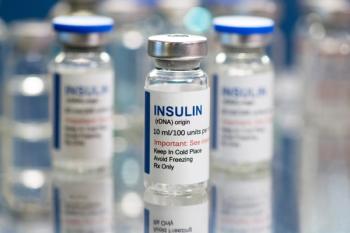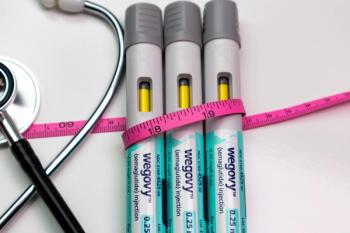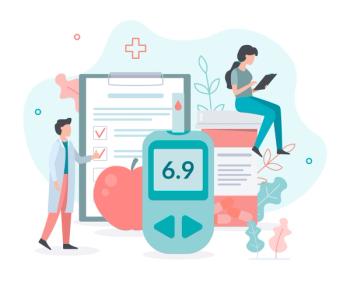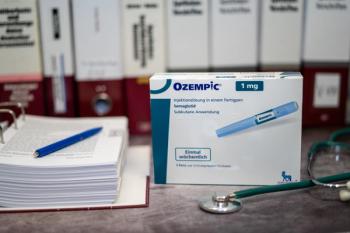
A recent study found that with greater depression severity, metabolic and clinical characteristics such as HbA1c, fasting blood glucose, and triglyceride levels increased.


A recent study found that with greater depression severity, metabolic and clinical characteristics such as HbA1c, fasting blood glucose, and triglyceride levels increased.

Jennifer Goldman, PharmD, CDCES, BC-ADM, FCCP, discusses a recent meta-analysis that evaluated the efficacy, safety, and clinical implications of insulin icodec.

Jennifer Goldman, PharmD, CDCES, BC-ADM, FCCP, discusses how insulin icodec differs from existing daily basal insulins and key things pharmacists need to know about the medication.

A recent study found the percentage of type 1 diabetes patients who were prescribed either GLP-1s or SGLT2 inhibitors increased from 0.7% to 8.3% between 2010 and 2023.

Investigators conducted a study to assess the impact of combined diet and exercise interventions in patients with type 2 diabetes.

Results of the SOUL clinical trial will be presented at a scientific meeting in 2025.

Pharmacist-led medication therapy management can help reduce costs associated with diabetes management.

Social pressures, physiological changes, mental health challenges, and burnout all complicate diabetes management among adolescents.

Researchers compared the cardiovascular outcomes of patients hospitalized for heart failure that did or did not experience diabetic emergencies.

Research presented at the Heart Failure Society of America 2024 Annual Meeting demonstrated that glucagon-like peptide 1 receptor agonists (GLP-1 RAs) reduced cardiovascular events in patients without diabetes.

Without financial incentives, some senators expressed concerns that pharmaceutical research and development would stall.

Senators sought to uncover why prices of Novo Nordisk’s GLP-1 receptor agonist semaglutide are significantly higher in the US compared with countries in Europe.

Two phase 3 trials demonstrated that once-weekly insulin efsitora is as effective as daily insulin in lowering HbA1c in both type 1 (T1D) and type 2 diabetes (T2D).

Embecta’s new patch pump offers a larger insulin reservoir to better accommodate for the needs of patients with type 2 diabetes (T2D).

Catch up on important diabetes news from the month of August.

The device was previously cleared for use in children and adults with type 1 diabetes.

Addressing the external factors that can have an impact on patient health can make clinical interventions more effective when administered.

Recent research on diabetes has examined its bidirectional relationship with mental health, the significant increase in prevalence over the last decade, and how both diet and exercise can help prevent type 2 diabetes.

The tools that can be used to reduce health disparities exist, but they must be widely disseminated to populations across the US.

Increased incidence of typed 2 diabetes was associated with higher consumption of processed meat, unprocessed red meat, and poultry.

A detailed report of study findings will be published in a peer-reviewed journal and presented at ObesityWeek 2024.

Timothy Mackey, MAS, PhD, discusses a study that sought to determine the risk of sourcing semaglutide from online platforms.

Timothy Mackey, MAS, PhD, discusses the dangers associated with sourcing GLP-1s from illegal online pharmacies and the key role pharmacists play in warning patients.

A collaboration with Blue Cross and Blue Shield of North Carolina focused on commercial populations has improved care and lowered costs in the state.

Both the restructuring of direct and indirect remuneration fees and health care cyber attacks made an impact on the industry in the first half of 2024.